Relative Uptake, Metabolism, and β-Receptor Binding of (1R,2S)-4
Por um escritor misterioso
Last updated 03 junho 2024

The objective of the study was to compare relative uptake, metabolism, and β-receptor affinity of the new positron-emitting uptake-1 tracer (1 R ,2 S )-4-18F-fluorometaraminol (4-FM) with those of the SPECT pharmaceutical meta-123I-iodobenzylguanidine (MIBG) in Wistar Kyoto (WKY) rats and spontaneously hypertensive (SHR) rats. Methods: No-carrier-added 4-18F-FM was applied to SHR and WKY rats in vivo and to retrogradely perfused hearts in vitro. Cardiac and extracardiac distribution was assessed, and metabolite formation was determined by thin-layer chromatography. The in vivo experiments were repeated with no-carrier-added 123I-MIBG. By means of autoradiography, the β-receptor affinity of 4-FM was compared with that of MIBG and propranolol (10 μmol/L) through displacement of 125I-iodocyanopindolol (1.5 pmol/L) in slices of heart and spleen. Results: Cardiomyopathic hearts showed heterogeneous 4-18F-FM uptake with gradients up to 3.6 in vivo and in vitro between different regions of the heart. Control hearts showed such gradients in 4-18F-FM uptake only in vitro. 123I-MIBG exhibited a less heterogeneous in vivo distribution in SHR hearts. Extracardiac differences between WKY and SHR were found for uptake of 4-18F-FM in the spleen (63.3% ± 4% vs. 38.8% ± 5.7% of cardiac activity) and for renal uptake of 123I-MIBG (373% ± 27% vs. 81.4% ± 17% of cardiac activity). Metabolites of 4-18F-FM were found only in the liver and those of 123I-MIBG were found in the liver and kidney with a nearly equal relative fraction in both types of animals of about 20%, 60%, and 30%, respectively. 4-FM suppressed cardiac-specific β-receptor binding of 125I-iodocyanopindolol in heart and spleen of both types of animals significantly, whereas MIBG had almost no effect. Conclusion: The more heterogeneous cardiac distribution of 4-18F-FM suggests that it reflects alterations in uptake-1 better than 123I-MIBG in addition to the possibility of quantification and higher spatial resolution by PET compared with SPECT. Altered biotransformation in cardiomyopathic diseases may also impair the evaluation of 123I-MIBG-SPECT data. The β-receptor binding of 4-18F-FM must be further elucidated.
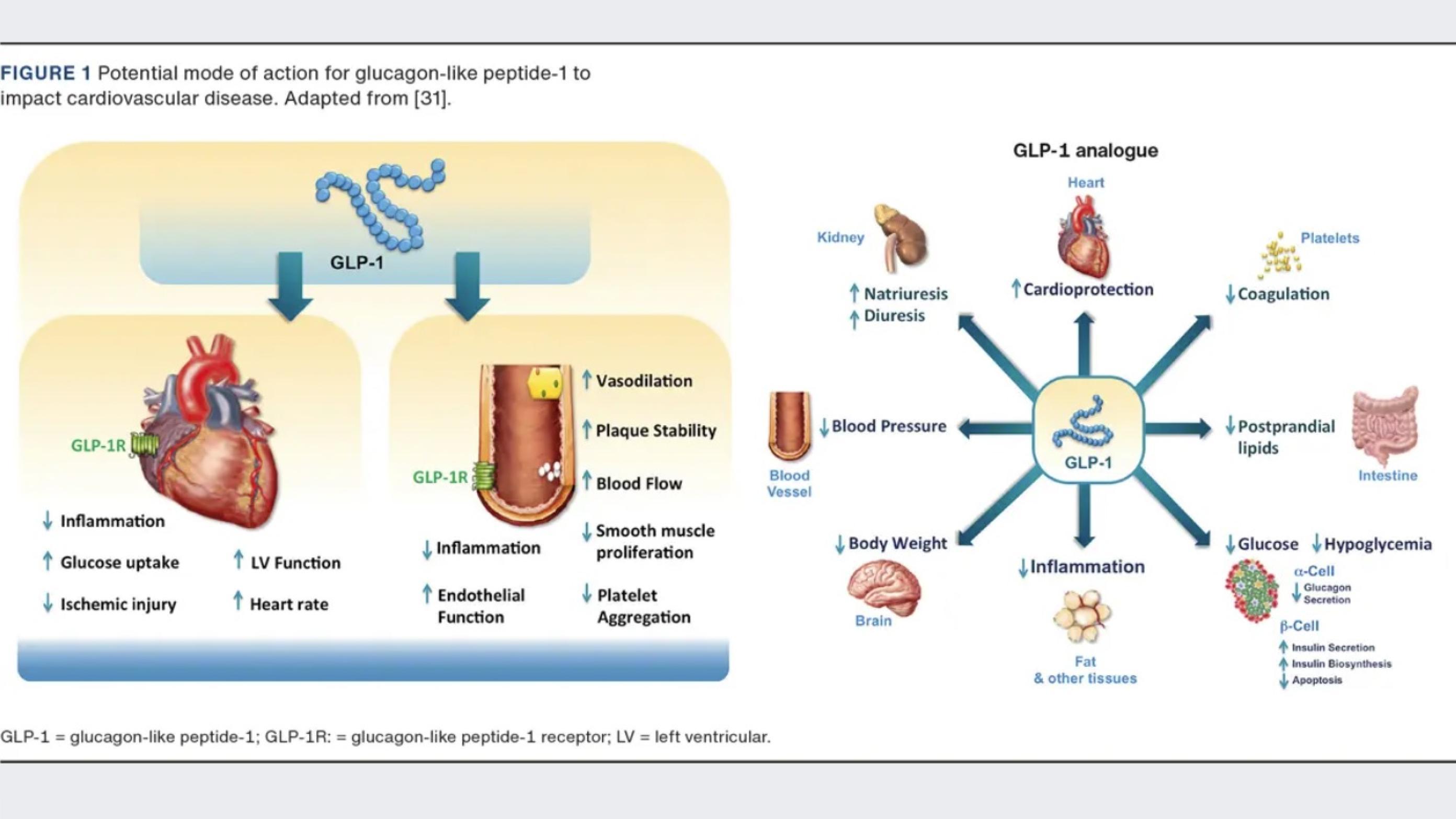
Incretin-based therapy of metabolic disease

Mitochondrial control of microglial phagocytosis by the translocator protein and hexokinase 2 in Alzheimer's disease

The Insulin Receptor and Its Signal Transduction Network - Endotext - NCBI Bookshelf

Uptake of E1S from the blood by organic anion transporting polypeptides
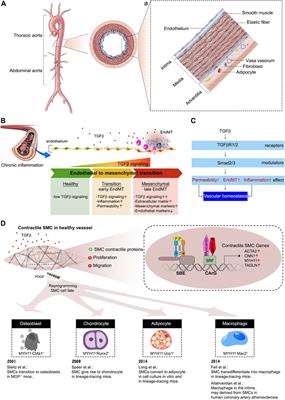
Frontiers TGFβ signaling pathways in human health and disease
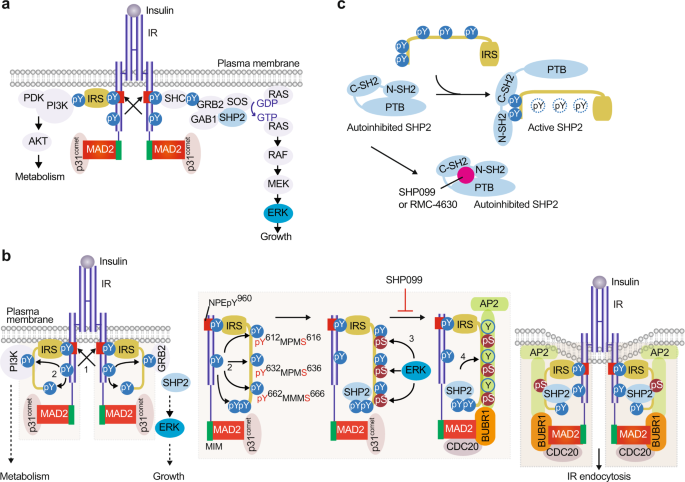
Insulin receptor endocytosis in the pathophysiology of insulin resistance

Hexokinase 1 cellular localization regulates the metabolic fate of glucose - ScienceDirect

Supplying the trip to antibody production—nutrients, signaling, and the programming of cellular metabolism in the mature B lineage

Molecular mechanism of PPARα action and its impact on lipid metabolism, inflammation and fibrosis in non-alcoholic fatty liver disease - ScienceDirect
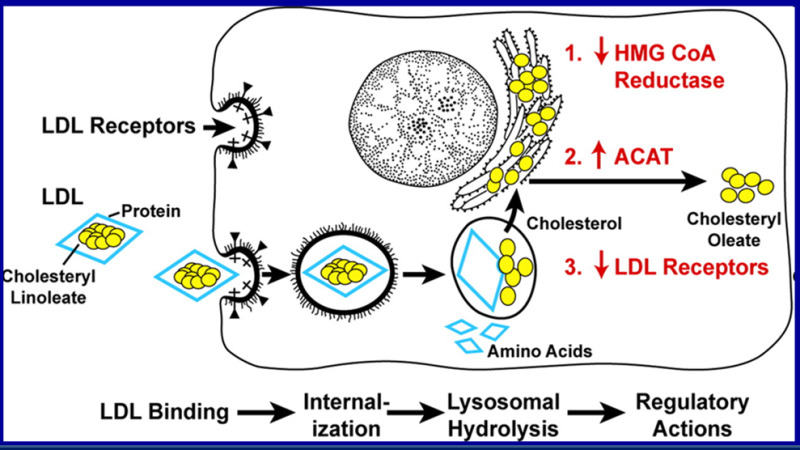
Introduction to Lipids and Lipoproteins - Endotext - NCBI Bookshelf
Recomendado para você
-
 Viruses, Free Full-Text03 junho 2024
Viruses, Free Full-Text03 junho 2024 -
Anupam Sharma posted on LinkedIn03 junho 2024
-
US-Mexico the Nations League Final we expected, but not how we03 junho 2024
-
Connections RVA03 junho 2024
-
 Imitation of RVA pasting measurement protocol in an oscillatory03 junho 2024
Imitation of RVA pasting measurement protocol in an oscillatory03 junho 2024 -
 The RVA Boombox - Richmond, VA - Listen Online03 junho 2024
The RVA Boombox - Richmond, VA - Listen Online03 junho 2024 -
 Full article: Intestinal mucin-type O-glycans: the major players in the host-bacteria-rotavirus interactions03 junho 2024
Full article: Intestinal mucin-type O-glycans: the major players in the host-bacteria-rotavirus interactions03 junho 2024 -
 El Me Perdono on Behance03 junho 2024
El Me Perdono on Behance03 junho 2024 -
 Rádio Venus - Portal RVA03 junho 2024
Rádio Venus - Portal RVA03 junho 2024 -
 RVA em direto Rádio Online Grátis03 junho 2024
RVA em direto Rádio Online Grátis03 junho 2024
você pode gostar
-
 Season 1, Warrior Wiki03 junho 2024
Season 1, Warrior Wiki03 junho 2024 -
 Obito Uchiha Wallpaper Download03 junho 2024
Obito Uchiha Wallpaper Download03 junho 2024 -
 The Mandalorian: Baby Yoda tem nome e história revelados03 junho 2024
The Mandalorian: Baby Yoda tem nome e história revelados03 junho 2024 -
 Sword Art Online: Progressive- Scherzo of Deep Night Coming To Theaters ; Aria of a Starless Night Home Release Details - Bubbleblabber03 junho 2024
Sword Art Online: Progressive- Scherzo of Deep Night Coming To Theaters ; Aria of a Starless Night Home Release Details - Bubbleblabber03 junho 2024 -
 A person on Twitter called BytzQ made sick fan made soul burst evolutions for all the starters : r/LoomianLegacy03 junho 2024
A person on Twitter called BytzQ made sick fan made soul burst evolutions for all the starters : r/LoomianLegacy03 junho 2024 -
 Date a Live is back with a bang! Fifth season to return with GEEKTOYS animating - Hindustan Times03 junho 2024
Date a Live is back with a bang! Fifth season to return with GEEKTOYS animating - Hindustan Times03 junho 2024 -
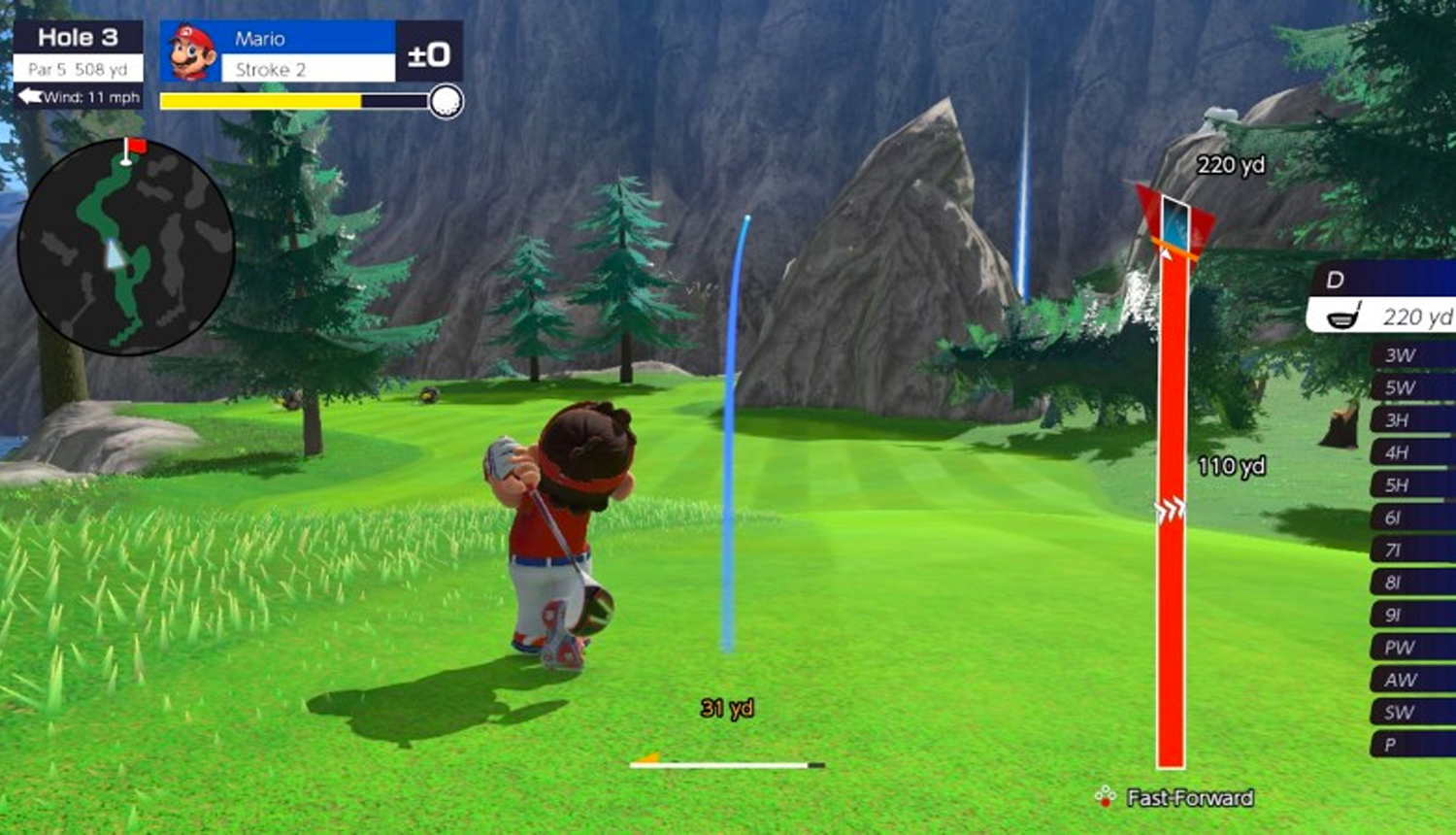 Mario Golf: Super Rush - Plugged In03 junho 2024
Mario Golf: Super Rush - Plugged In03 junho 2024 -
 Agar.io Team Mode by MarleyDoggy on DeviantArt03 junho 2024
Agar.io Team Mode by MarleyDoggy on DeviantArt03 junho 2024 -
/fptshop.com.vn/uploads/images/tin-tuc/160553/Originals/Jojoy-mang-l%E1%BA%A1i-kho-t%C3%A0ng-game-mi%E1%BB%85n-ph%C3%AD-tuy%E1%BB%87t-v%E1%BB%9Di.jpg) Jojoy là gì? Hướng dẫn tải Jojoy iOS, Jojoy Android nhanh nhất03 junho 2024
Jojoy là gì? Hướng dẫn tải Jojoy iOS, Jojoy Android nhanh nhất03 junho 2024 -
 User blog:Buttermations/The nominees for Game of the Year 2020 have been announced!, Fantendo - Game Ideas & More03 junho 2024
User blog:Buttermations/The nominees for Game of the Year 2020 have been announced!, Fantendo - Game Ideas & More03 junho 2024


